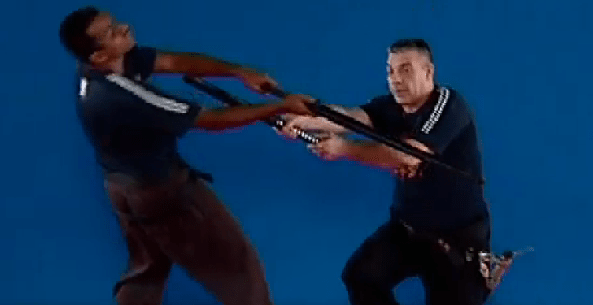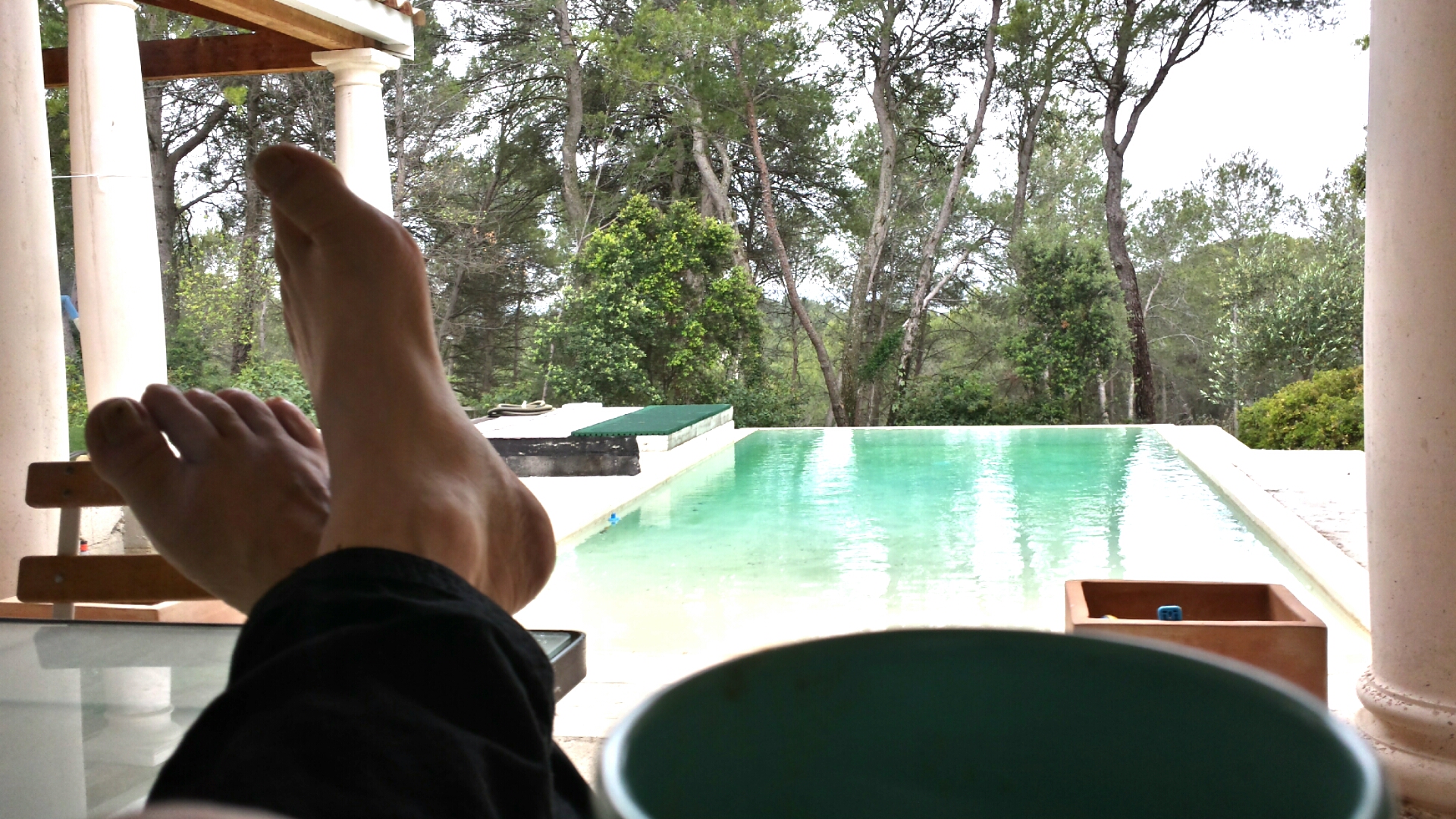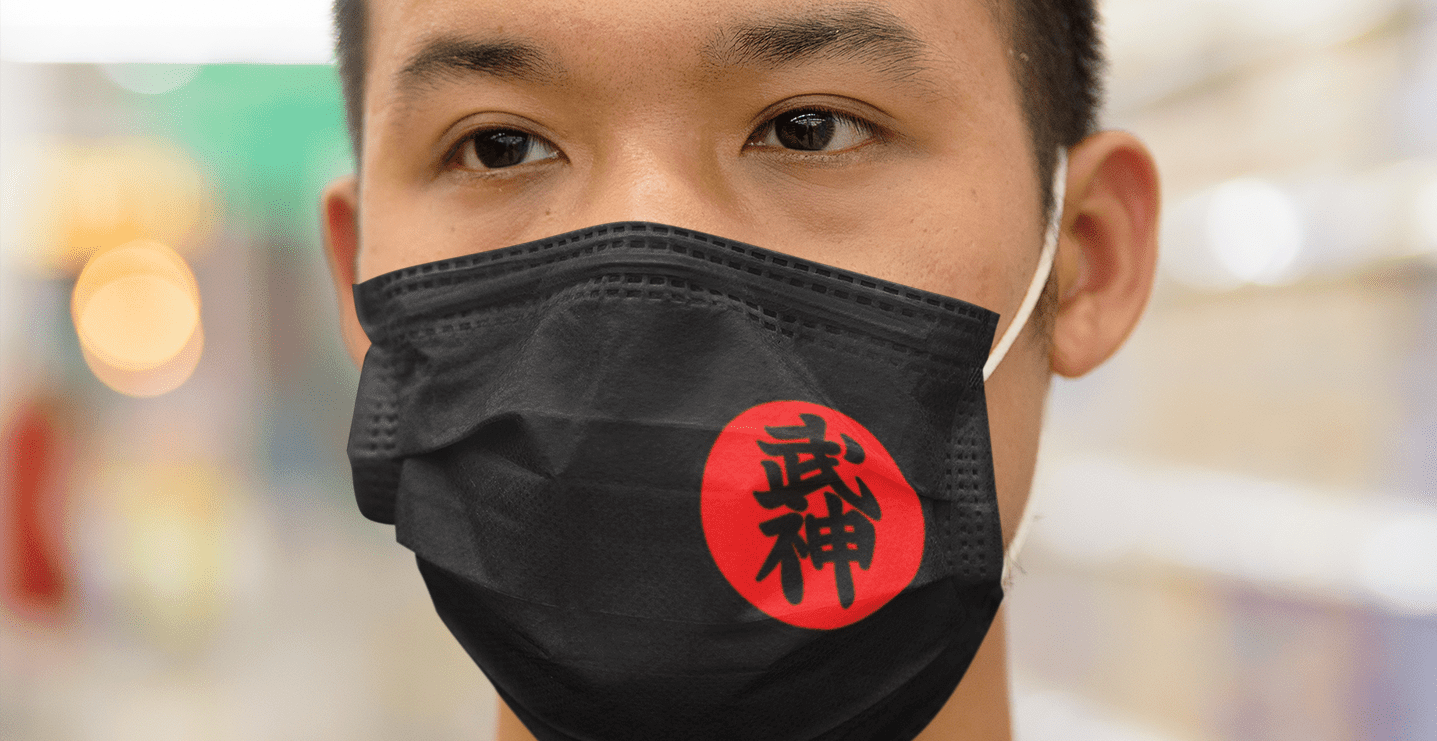Is Your Life So Difficult?
From Shiro Kuma by kumablog

Do you find your life so difficult during the pandemic? Not if you get the proper attitude. The other day I read, “When life gives you lemons, add tequila,” and I loved it. (1) I loved it for two reasons. First, it is funny, and second, this exemplifies the attitude you develop through the study of Budō. Let me explain.
Whoever you are, life is never easy. Whether you are young or old, male or female, rich or poor, life will give you many “lemons.” You will have to swallow them all. But the experience can be enriching if you know how to deal with your problem (the lemon). Everything in life is about having the correct attitude. Remember that attitude in Japanese is “Kamae.” So, depending on your kamae in fight or in life, you will meet success or not. Often it will not be a matter of losing or winning, but rather how not to lose? In life, things are never black and white. Life is a “camaieu” with many shades of grey. (2)
If you develop a good kamae, lemons will teach you a lot. Failure and success; bitterness and sweetness; sadness and happiness. With each obstacle, each lemon you pass, you learn a lot and develop into a better human being. That is, if you do not let those negative events ruin your life and destroy your resilience! This is the real meaning of “Shikin Haramitsu Daikōmyō.” We repeat it at the beginning and at the end of each training session. It can mean that whatever the action you take, whether it is good or bad, there is always something to learn for you.
The Bujinkan teaches resilience, which is why I wrote many articles about not giving up. To be resilient, we should accept things the way they are and use these “lemons” to make us walk better on the path of Budō. Remember, you are here because you have chosen to be here.
Since last March and the Covid, some aspects of our freedom is gone. Some think this is a world conspiracy, others that are for the greater good. (3) Whatever you think, my point here is to observe if and how those changes impact our daily lives. I like changes, and I always welcome them. They always bring opportunities and renewal into our lives. These changes might actually be a fantastic chance for us. They will help us to become better beings. We all agree that Covid is not fun but changes our society in many ways. As Bujinkan members, we have to adapt to these variations instead of complaining.
Saint Exupery wrote, “Man discovers himself when he measures himself against the obstacle.” (4) The pandemic is an obstacle we have to go over. It gives everyone a chance to “discover” himself. In the process, failure is possible. But as I wrote many times, this is the best way to grow up in a good direction. It’s like when you learn a new waza on the mats. At first, your “creativity” is limited by the “1, 2, 3” steps when you learn to do it right. These “obstacles” are actually channelling your progress. They do not tame your freedom but teach new possibilities. Once you have ingested the steps, your freedom is not limited anymore and increases.
A few months ago, I wrote that 危機, kiki (crisis) is made of two kanji. The second “Ki,” 機, means “opportunity.” (5) In the West, a crisis is always negative; it is an opportunity for the Japanese!
Stop complaining and see this world crisis as positive. It is a fantastic opportunity for humans to grow up. So, deploring what you lost is counter-productive. Accept the things you cannot change and walk the path to improvement.
Stay positive and learn. Being negative does not help, be always constructive, my friends! Right after the Fukushima disaster, I called Sensei to know how he was. I asked how he was doing, and his answer was “Banpen Fugyō,” the Gyokko Ryū motto meaning “10000 changes, no surprise.”
Remember to always adapt and to welcome changes. That is how Hatsumi Sensei has been teaching the world of “henka.” (6) (7)
That is why “When life gives you lemons”, “add tequila, “… and salt. Embrace the path of henka; your life is not so difficult after all.
__________________________
1 You can add vodka if you prefer
2 No kinky pun intended. I wrote “grey”, not “Gray.”
3 You can believe what you want about Covid. I am not judging if those limits of our freedom are positive or negative. I have no political agenda, and I’m not a doctor. So, keep your comments for you.
4 https://unquote.li/en/quotes/antoine-de-saint-exupery/man-discovers-himself-when-he-measures-himself-against-the-obstacle-v7qwnav348 In his book “Terre des Hommes”, sorry I don’t know the English title.
5 危機, kiki: crisis (made of dangerous + opportunity)
6 変化, Henka: hen = the beginning of change; ka = the end of change
7 You want more on henka, also read https://kumablog.org/2013/03/16/henka-a-poetic-strangeness/.

…





 I’m happy I have studied Ninpō Taijutsu for the last 36 years. Bujinkan trained me to be ready for the unexpected. Like the Black Swan (1), unexpected events occur. The pandemic blew out the world economy. Our way of life is badly hit, and many training halls had to close. Some of them will never reopen.
I’m happy I have studied Ninpō Taijutsu for the last 36 years. Bujinkan trained me to be ready for the unexpected. Like the Black Swan (1), unexpected events occur. The pandemic blew out the world economy. Our way of life is badly hit, and many training halls had to close. Some of them will never reopen. 
 Are we Back to “Panem et Circenses,” the times of “Bread and Circuses” as exposed by Juvenal around two centuries before our time? It looks like it! (1)
Are we Back to “Panem et Circenses,” the times of “Bread and Circuses” as exposed by Juvenal around two centuries before our time? It looks like it! (1)

